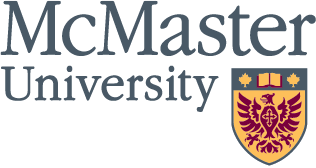March 4, 2004
Posted on March 4: National engineering competition challenges students
Read More
 Share
Share
SHARE WITH YOUR FRIENDS
Pick one or more destinations:
0
0
0
×
March 3, 2004
Posted on March 3: Lecture explores political economy of global poverty reduction
Read More
 Share
Share
SHARE WITH YOUR FRIENDS
Pick one or more destinations:
0
0
0
×
March 3, 2004
Posted on March 3: International specialist recruited to Canada to hold newly established chair in gastrointestinal research at McMaster
Read More
 Share
Share
SHARE WITH YOUR FRIENDS
Pick one or more destinations:
0
0
0
×
March 3, 2004
Posted on March 3: Wrestling team to compete in CIS national championship
Read More
 Share
Share
SHARE WITH YOUR FRIENDS
Pick one or more destinations:
0
0
0
×
March 3, 2004
Posted on March 3: McMaster hires Bay Street veteran to lead DeGroote School of Business
Read More
 Share
Share
SHARE WITH YOUR FRIENDS
Pick one or more destinations:
0
0
0
×

